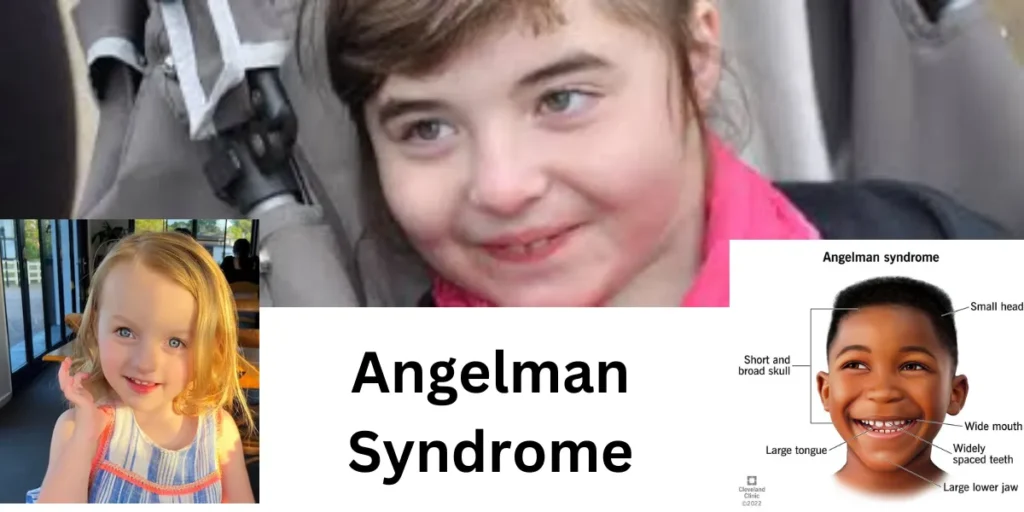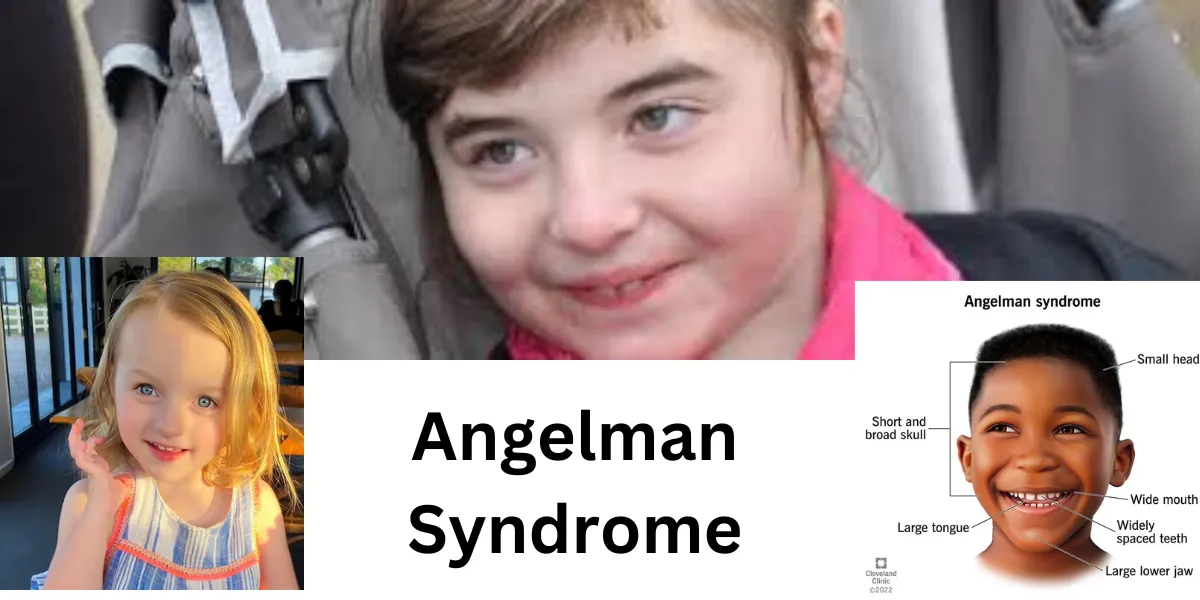
Angelman Syndrome: A Spotlight on a Rare Condition in the USA
What is Angelman Syndrome?
Angelman syndrome is a rare neurodevelopmental disorder that profoundly impacts a child’s nervous system. This condition arises due to anomalies in a specific gene known as UBE3A. This gene is pivotal in producing a protein crucial for brain development. When the UBE3A gene malfunctions, it leads to the manifestation of Angelman syndrome.
Symptoms of Angelman Syndrome
The symptoms of Angelman syndrome can vary significantly among affected children, but common indicators include:
- Delayed Development: Children often exhibit delays in reaching developmental milestones such as sitting, crawling, and walking.
- Lack of Speech: Many children with Angelman syndrome experience severe speech impairments, and some may not speak at all.
- Problems with Walking and Balance: Motor coordination issues are prevalent, often resulting in a distinctive, unsteady gait.
- Seizures: Epileptic seizures are common and can begin between 2 to 3 years of age.
- Frequent Smiling and Laughter: Children typically display an unusually happy demeanor, characterized by frequent smiling and laughter.
- Hand Flapping or Waving: Repetitive hand movements are a typical behavioral trait.
- Short Attention Span: Hyperactivity and a short attention span are often observed.
Causes of Angelman Syndrome
Angelman syndrome predominantly results from deletions or mutations in the UBE3A gene located on chromosome 15. While most cases occur sporadically, some can be inherited from a parent. Key causes include:
- Chromosomal Deletion: The most common cause, where a segment of chromosome 15 is missing.
- UBE3A Mutations: Changes or mutations in the UBE3A gene that impair its function.
- Paternal Uniparental Disomy (UPD): Both copies of chromosome 15 are inherited from the father, with none from the mother.
- Imprinting Center Defect: Abnormal functioning of the region controlling gene expression on chromosome 15.
Diagnosis of Angelman Syndrome
Diagnosing Angelman syndrome can be complex due to the overlap of symptoms with other developmental disorders. The diagnostic process typically involves:
- Physical Examination: Assessment of the child’s physical and neurological development.
- Developmental History: Detailed inquiry into the child’s developmental milestones and behavioral patterns.
- Genetic Testing: Confirmatory genetic tests, including fluorescence in situ hybridization (FISH), methylation studies, and sequencing of the UBE3A gene, to identify deletions, mutations, or imprinting defects.
Treatment for Angelman Syndrome
Although there is no cure for Angelman syndrome, several treatment approaches can help manage and alleviate symptoms. These include:
- Physical Therapy: Enhances motor skills, improves coordination, and strengthens muscles to aid mobility.
- Speech Therapy: Focuses on improving non-verbal communication through sign language, picture cards, and communication devices.
- Occupational Therapy: Aids in the development of daily living skills, enhancing independence.
- Medication: Used to control seizures and manage hyperactivity. Commonly prescribed medications include anticonvulsants and sedatives.
- Behavioral Therapy: Helps manage hyperactivity, attention issues, and other behavioral challenges.
Research and Support
Ongoing research aims to better understand Angelman syndrome and develop more effective treatments. Key areas of research include:
- Gene Therapy: Exploring ways to correct or compensate for the defective UBE3A gene.
- Drug Development: Investigating new medications to manage symptoms and improve quality of life.
- Behavioral Interventions: Developing targeted behavioral therapies to enhance learning and social skills.
Support organizations play a crucial role in assisting families and individuals affected by Angelman syndrome. Prominent organizations include:
- Angelman Syndrome Foundation: Provides resources, support, and funding for research.
- Foundation for Angelman Syndrome Therapeutics (FAST): Focuses on accelerating treatments and cures.
- Cure Angelman Now (CAN) Foundation: Supports research initiatives and offers family support services.
Living with Angelman Syndrome
Living with Angelman syndrome presents unique challenges, but with the right support and interventions, children can lead fulfilling lives. Key aspects of managing life with Angelman syndrome include:
- Early Intervention: Early diagnosis and prompt initiation of therapies can significantly improve developmental outcomes.
- Individualized Education Plans (IEPs): Tailored educational strategies to address each child’s unique needs and strengths.
- Family Support: Access to support groups, counseling, and respite care to assist families in managing daily challenges.
- Adaptive Equipment: Utilizing specialized equipment to aid mobility, communication, and daily activities.
Conclusion
Angelman syndrome is a complex and rare condition that impacts various aspects of a child’s development. While there is no cure, early diagnosis and comprehensive treatment can help manage symptoms and enhance quality of life. With ongoing research and robust support networks, the future for children with Angelman syndrome continues to improve, offering hope and promising new therapies.

